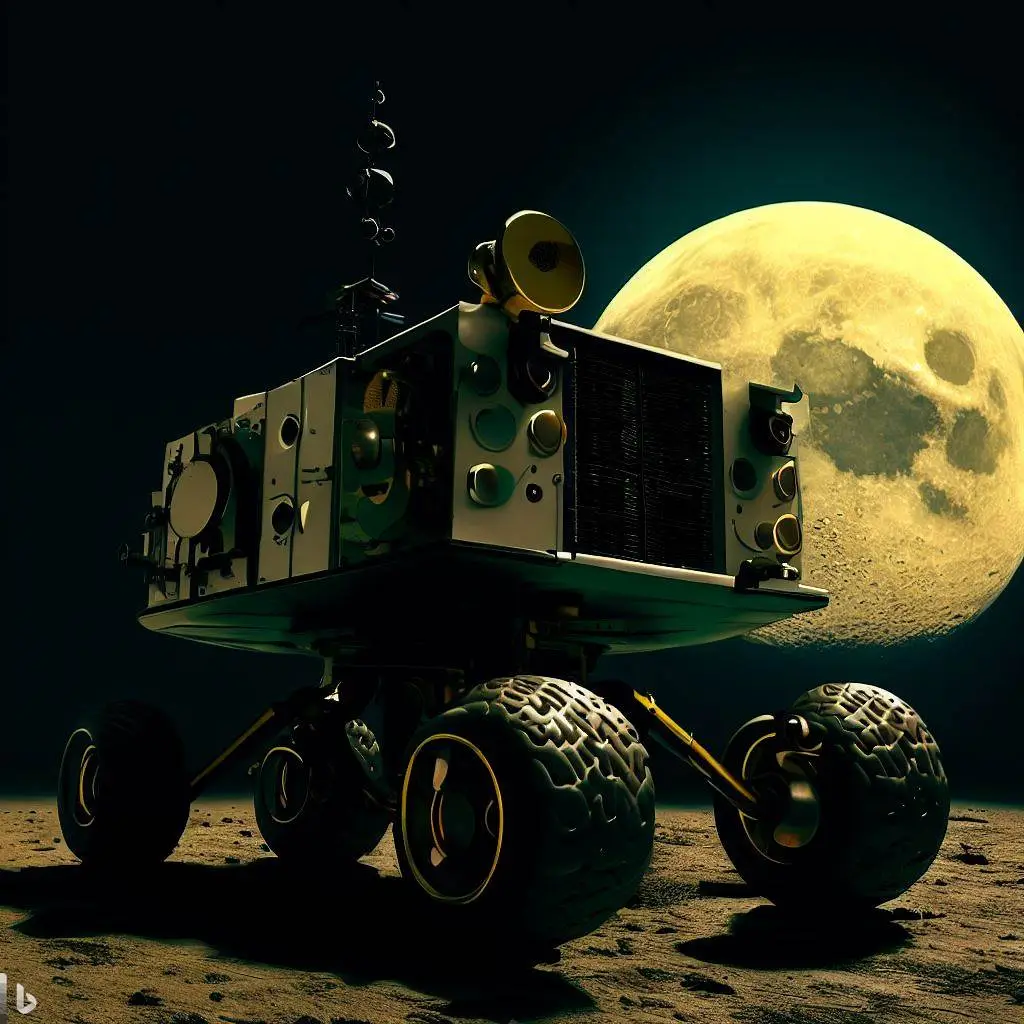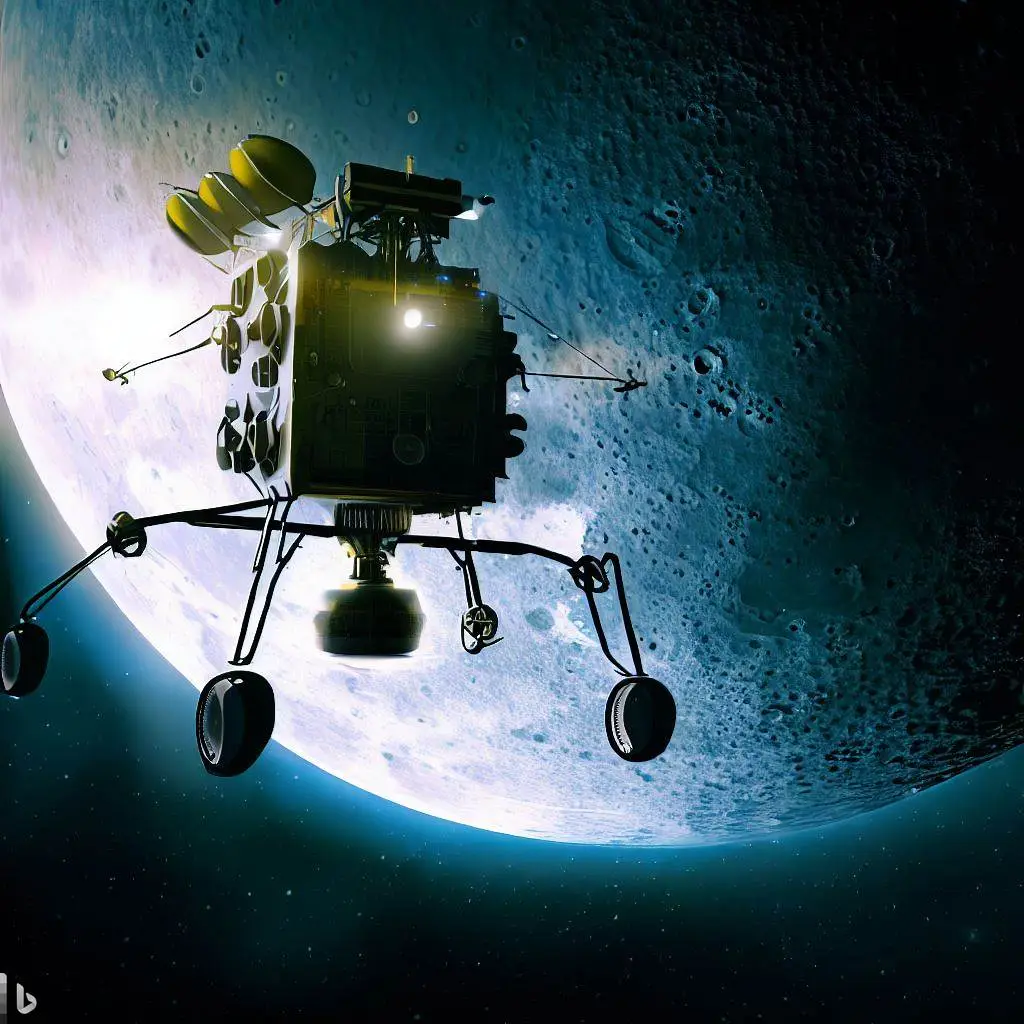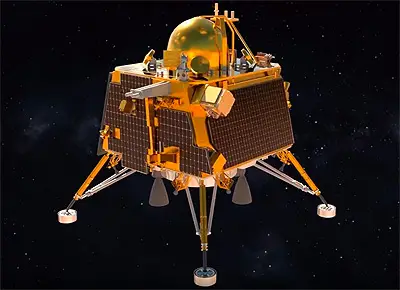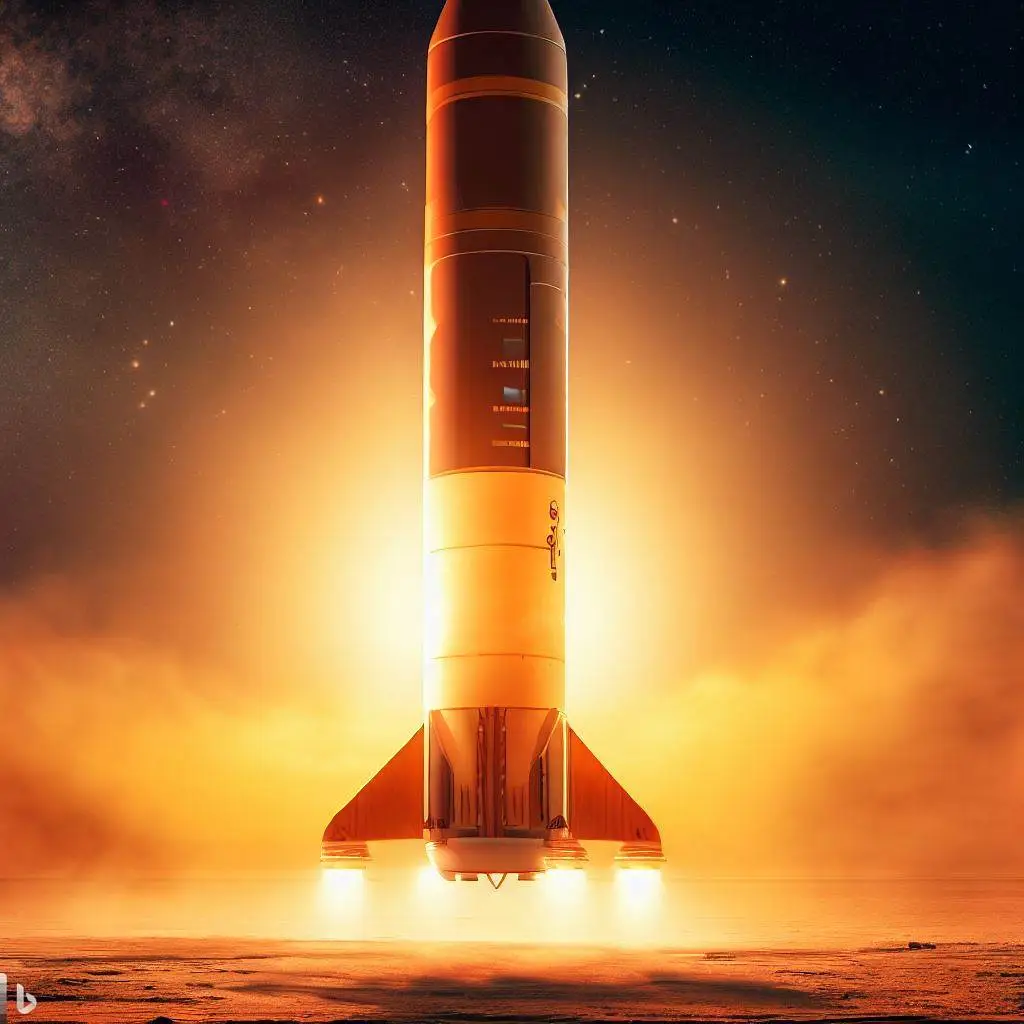Introduction
In a significant milestone for solar research, India's first dedicated solar mission, Aditya-L1, has made groundbreaking observations of dynamic activities on the Sun. These activities culminated in a powerful solar storm in May 2024, providing invaluable data for understanding and predicting space weather phenomena. The mission, launched by the Indian Space Research Organisation (ISRO), aims to enhance our comprehension of solar behavior and its impact on the Earth.
Understanding Solar Storms
Solar storms are complex events triggered by the Sun's intense magnetic activity. When the Sun's magnetic field lines twist and snap, they release vast amounts of energy and charged particles into space. These phenomena, known as coronal mass ejections (CMEs) and solar flares, can have profound effects on space weather, influencing satellite operations, communication systems, and even power grids on Earth. Monitoring and predicting these solar storms are crucial for mitigating their potential disruptive impacts.
Aditya-L1: A Pioneering Mission
Aditya-L1, named after the Sun God Aditya from Hindu mythology, is India's first mission dedicated to studying the Sun. Launched in September 2023, this mission is equipped with seven payloads designed to observe various layers of the Sun, including the photosphere, chromosphere, and the outermost layer, the corona. The primary scientific objectives of Aditya-L1 include studying the dynamics of the solar corona, understanding solar wind and its properties, and investigating the origins of space weather phenomena.
Capturing Dynamic Solar Activities
Implications for Space Weather Prediction
The data collected by Aditya-L1 during the solar storm in May have significant implications for space weather prediction. By analyzing the observed solar activities, scientists can better understand the precursors and triggers of CMEs and solar flares. This knowledge enhances our ability to predict solar storms and develop early warning systems to protect satellites, astronauts, and ground-based technological systems from potential disruptions.
Conclusion
Aditya-L1's successful observation of dynamic activities on the Sun marks a major achievement in solar research and space weather forecasting. The mission's contributions extend beyond scientific discovery, offering practical benefits for safeguarding Earth's technological infrastructure. As Aditya-L1 continues its mission, it promises to deepen our understanding of the Sun's behavior, paving the way for more accurate space weather predictions and improved resilience against solar storms.









Add a Comment: